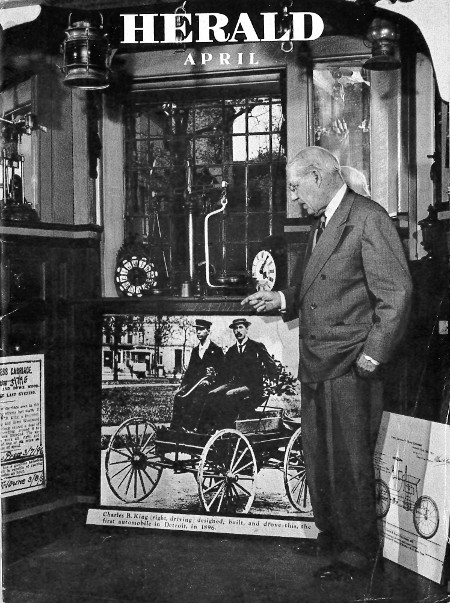
Word of the Day: Bailiwick
Today’s word of the day, courtesy of Merriam-Webster, is bailiwick (/ ˈbeɪ ləˌwɪk /), a noun which refers to “the district within which a bailie or bailiff has jurisdiction” or “a person’s area of skill, knowledge, authority, or work” (https://www.dictionary.com/browse/bailiwick). The Merriam-Webster website explains the two meanings in this way:
“The first half of the word bailiwick comes from the Middle English word for ‘bailiff’—in this case, a term referring to a sheriff or chief officer of a town in medieval England, not the officer who assists today in U.S. courtrooms. Bailiff comes, via Anglo-French, from the Medieval Latin verb bajulare, meaning ‘to care for’ or ‘to support.’ The second half of bailiwick comes from wik, a Middle English word for ‘dwelling place’ or ‘village,’ which ultimately hails from the Latin word vicus, meaning ‘village.’ (This root is also thought to have given English -wich and -wick, suffixes used in place names like Norwich and Warwick.) Although bailiwick dates from the 15th century, the ‘special domain of knowledge’ sense we use most often today did not appear in English until the middle of the 19th century” (https://www.merriam-webster.com/word-of-the-day).
So we have another example of broadening or generalization, when the meaning of a word changes to something more broader than its original meaning.
From www.etymonline.com we learn that the Latin vicus comes from the Proto-IndoEuropean *weik-, “meaning ‘clan, social unit above the household.’ It forms all or part of: antoecian; bailiwick; Brunswick; diocese; ecology; economy; ecumenical; metic; nasty; parish; parochial; vicinage; vicinity; viking; villa; village; villain; villanelle; -ville; villein; Warwickshire; wick (n.2) ‘dairy farm.’ It is the hypothetical source of/evidence for its existence is provided by: Sanskrit visah ‘house,’ vit ‘dwelling, house, settlement;’ Avestan vis ‘house, village, clan;’ Old Persian vitham ‘house, royal house;’ Greek oikos house;’ Latin villa ‘country house, farm,’ vicus ‘village, group of houses;’ Lithuanian viešpats ‘master of the house;’ Old Church Slavonic visi ‘village;’ Gothic weihs ‘village’” (https://www.etymonline.com/search?q=bailiwick).
Charles Brady King is renowned for being the first person to every drive an automobile on the streets of Detroit, the city that became synonymous with the automobile industry. But Charles Brady King did much more than just work on automobiles. For instance, on this date in 1894, King got the patent for his invention of the pneumatic hammer.
Pneumatic devices had been around for quite some time, going back to the 17th century. In the 1820s, the first air compressor was invented. Then, in 1879, the first pneumatic drill was invented. If you have never built things, you might think about the fact that for most of human history, nails were driven by hammers and screws inserted with screw drivers, all powered by human muscle. I cannot imagine how long it would take to make something without the aid of electric drills and pneumatic nail guns. Perhaps an analogy would be the difference between traveling across country by horse-drawn carriage versus traveling across country in a car.
King actually invented the pneumatic hammer in the early 1890s. He was working for the Russell Wheel and Foundry Company, and they had placed him in charge of their exhibit at the 1893 Columbian Exposition where his pneumatic hammer was on display: “There he was able to study the great and innovative engineering exhibits that would later help start his career in automotive” (https://www.motorcities.org/story-of-the-week/2016/charles-brady-king-the-man-who-ignited-a-revolution). One of the exhibitors of automotive technology was Karl Benz, who presented his Velocipede to the world, the world’s first standardized, serial-production car. King the inventor got interested in cars. He was friends with Henry Ford, who followed him on his historic journey.
In 1910, King started the King Motor Company in Detroit. His cars “had a number of new technologies never before seen on an automobile. The new features included the cantilever spring, the center control gear shift, left hand steering and the mounting of the front lamps on the tie rod between the fenders. The King automobile was thoroughly enjoyed by the motoring public and it had gained immediate popularity, however in 1912, Mr. King decided to dispose of his interest in the company. Later, he would be able to retain and secure all of his patents” (https://www.motorcities.org/story-of-the-week/2016/charles-brady-king-the-man-who-ignited-a-revolution).
Somewhat remarkably, from a modern perspective, is that while King studied engineering at Cornell University, he never graduated. His father died in 1888, and he left school to return home to start working. And while he started his career as a draftsman, he became an inventor, though not one as famous Henry Ford or Thomas Edison. Still, from relatively humble beginnings, he made engineering in general and automotive engineering in particular his bailiwick.
Today’s image is a photo of Charles Brady King looking at a photo of himself driving the first automobile to be driven in Detroit, MI (https://www.motorcities.org/story-of-the-week/2016/charles-brady-king-the-man-who-ignited-a-revolution).